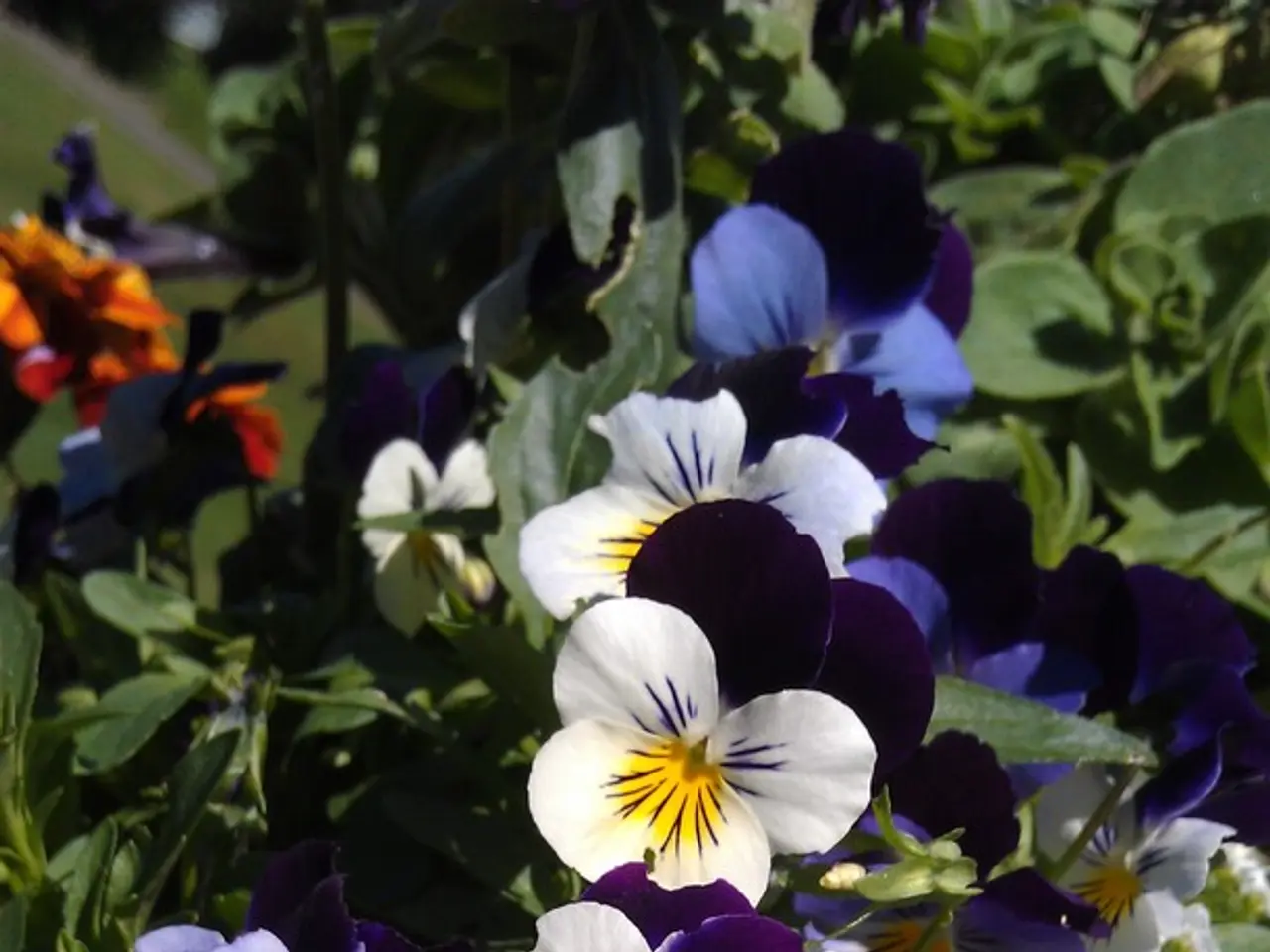August Flower Selections for Vibrant Blossoms in Spring and Summer Ahead
August is a perfect time to plant flowers for a beautiful display in the next spring and summer. Here are some flowers that fit well into this timeline, along with their specific care requirements.
## Flowers for Next Spring or Summer
### 1. Pansies Pansies are edible flowers that can be grown in all USDA zones, making them a versatile choice for gardeners across the country. They prefer well-draining soil with a slightly acidic to neutral pH and can thrive in zones 4 to 8. Pansies enjoy cooler weather and full sun to partial shade. They can be planted in early fall for a spring bloom, and they need consistent moisture.
### 2. Hydrangeas Hydrangeas are another popular choice, generally hardy in zones 3 to 8. They prefer well-draining, fertile soil with a pH that affects the flower colour (acidic for blue, alkaline for pink). Hydrangeas require partial shade to full sun and consistent moisture. If planted in August, they may produce fewer blooms in the first year but will thrive in subsequent years.
### 3. Black-eyed Susans (Rudbeckia) Black-eyed Susans are hardy in zones 3 to 9 and thrive in well-draining soil with a slightly acidic to neutral pH. They prefer full sun and are drought-tolerant once established. They can be planted in late summer for a bloom the following summer.
### 4. Coneflowers (Echinacea) Coneflowers are hardy in zones 3 to 9 and prefer well-draining, lean soil with a slightly acidic to neutral pH. They enjoy full sun and are heat-loving. They can be planted in August for a strong root system before winter, leading to blooms in mid-summer.
### 5. Daylilies Daylilies are low maintenance and hardy in zones 3 to 9. They thrive in well-draining, fertile soil with a slightly acidic to neutral pH. Daylilies prefer full sun to partial shade with consistent moisture. They can be planted in August for a strong root system before winter and blooms the next summer.
## Annuals for Continuous Color
### 1. Zinnias While zinnias won't overwinter, if planted in August under warmer conditions, they can bloom before the first frost, providing a burst of color. They thrive in USDA zones where they can complete their life cycle before frost. Zinnias need full sun and consistent moisture, and deadheading encourages more blooms.
When planting in August, ensure to choose varieties that can tolerate the remaining summer heat and establish a strong root system before winter. Adequate care, including watering and soil preparation, is crucial for successful blooms in the next growing season.
In addition to the above, Calendula, or pot marigolds, are easy-going flowers that thrive in poor to average soil, full sun to light shade, and are hardy in USDA zones 9-11. Snapdragons are mid-sized flowers available in various colours, grown as annuals or short-lived perennials, and require full sun and well-draining soil. They are hardy in USDA zones 6-11, bloom in spring to fall depending on the zone, and need regular watering in dry periods.
Lupines are staples of cottage gardens, attract pollinators, and are host plants for endangered butterfly species. Hollyhocks are heavy feeders and need fertilizing every 6-8 weeks after planting. Pinch out the top stem and long side shoots of snapdragons to encourage more flowers. Hollyhock seed is usually sown in late spring to early summer, but a late-summer or early-fall sowing still gives plants time to develop in time for a show of flowers the following summer.
Sow pansies into seed trays for transplanting in early spring, protect seedlings in severe weather, and deadhead pansies regularly for a long season of flowers. Lupine seeds should be soaked overnight in lukewarm water before planting in a sunny spot in well-draining soil. Lupines prefer average soil and need deadheading to keep plants producing. Calendula is sown directly in late August to fall for spring blooms, requires minimal care, and needs occasional watering and deadheading.
To make the most of the remaining summer and prepare for the next spring, consider planting annuals such as Calendula or pot marigolds, which thrive in poor to average soil and provide continuous color when sown in late August to fall. Additionally, gardening enthusiasts should not overlook the importance of home-and-garden staples like daylilies, which can be planted in August for a strong root system before winter and a beautiful display of blooms in the following summer.




